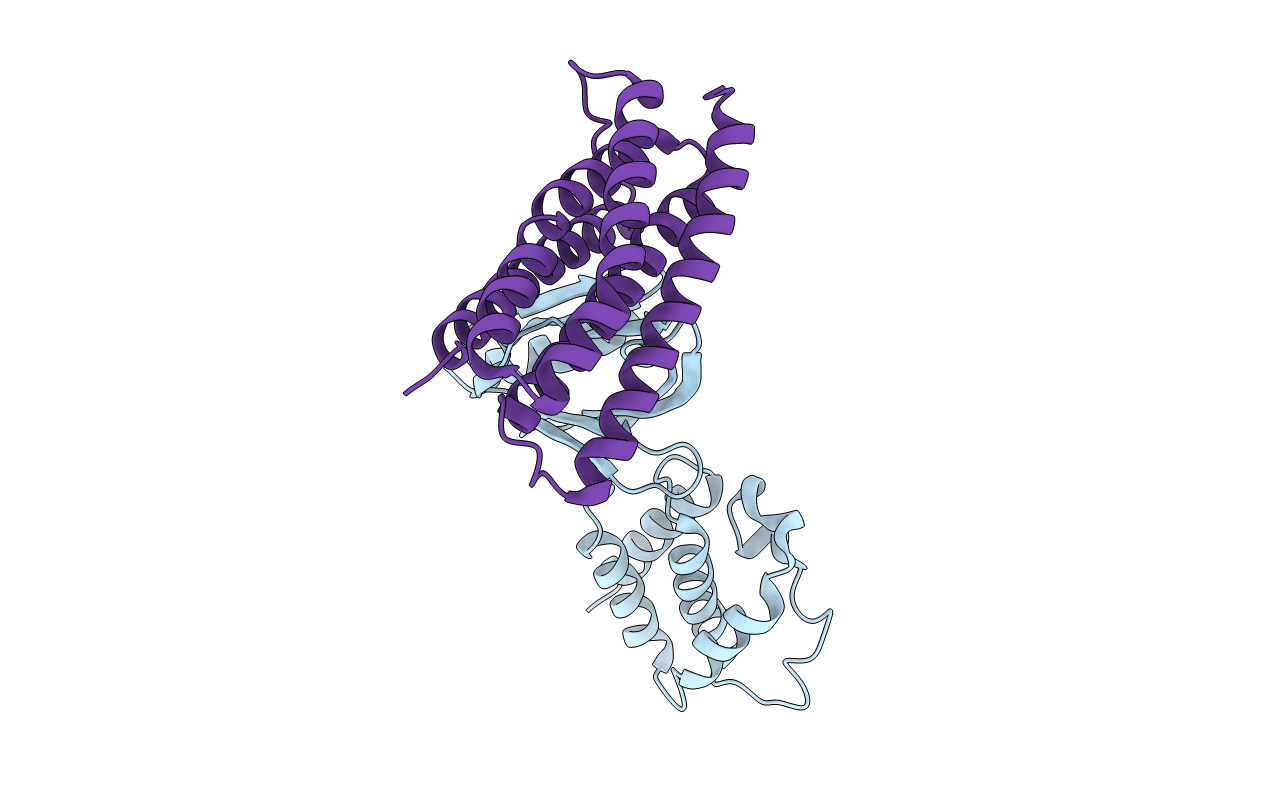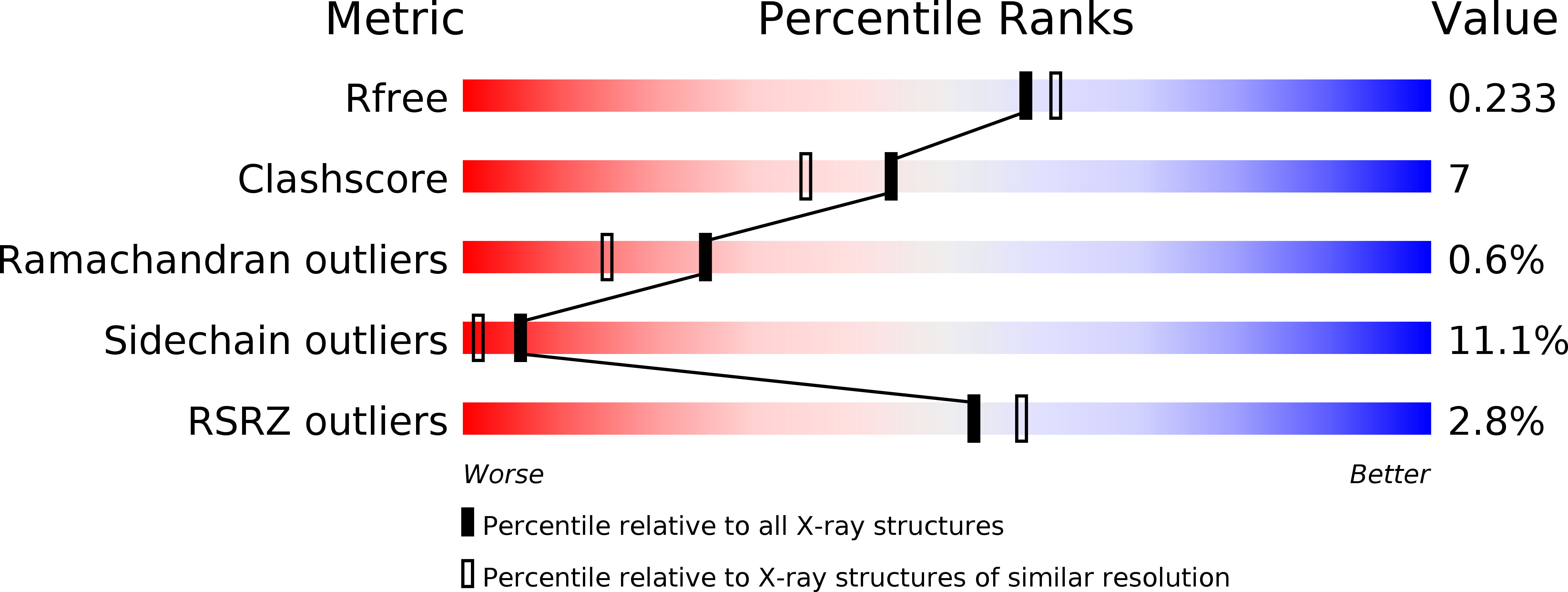
Deposition Date
2012-05-16
Release Date
2012-07-04
Last Version Date
2024-02-28
Method Details:
Experimental Method:
Resolution:
2.05 Å
R-Value Free:
0.24
R-Value Work:
0.21
R-Value Observed:
0.21
Space Group:
P 21 21 21


